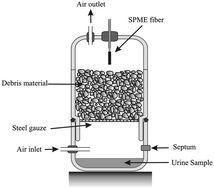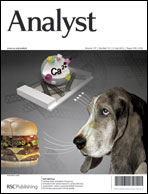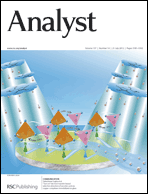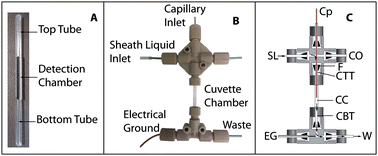
Professor Henry S. White, Guest Editor
Unlucky for some, but not for Analyst: Issue 13 is now online and features papers from the ‘Single’ issue, guest edited by Professor Henry S. White from the University of Utah. The issue features some great articles from authors such as Jonathan Cooper, Zuzanna Siwy, Lane Baker and Jonathan Sweedler.
In his Editorial, Professor White highlights the wealth of information that there is to be gained when analytical chemistry is studied at the “single entity” level.
Editorial – Single Entities
Henry S. White
Analyst, 2012, 137, 2921-2921
DOI: 10.1039/C2AN90049A
The stunning front cover features a themed issue paper from Jonathan Cooper and colleagues from the University of Glasgow on the combination of microdroplet technology with cell-free cytoskeletal protein expression as tool for biological investigation.
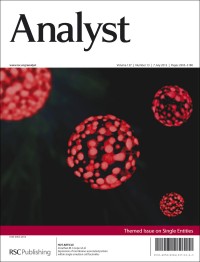
Front cover: Chanasakulniyom et al., Analyst, 2012, 137, 2939-2943
Expression of membrane-associated proteins within single emulsion cell facsimiles
Mayuree Chanasakulniyom, Chiara Martino, David Paterson, Louise Horsfall, Susan Rosser and Jonathan M. Cooper
Analyst, 2012, 137, 2939-2943
DOI: 10.1039/C2AN35047E
Featured on the colourful inside front cover is a themed issue paper from the group of Zuzanna Siwy of the University of California, Irvine, on single nanopores with a hydrophobic layer at the pore entrance gates, providing a way to control the transport of ions.
A hydrophobic entrance enhances ion current rectification and induces dewetting in asymmetric nanopores
Matthew Pevarnik, Ken Healy, Matthew Davenport, Joseph Yen and Zuzanna S. Siwy
Analyst, 2012, 137, 2944-2950
DOI: 10.1039/C2AN16139G
These cover articles will be free to access for 6 weeks.
Take a look at the other HOT papers from the themed issue:
(more…)












